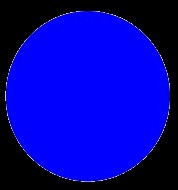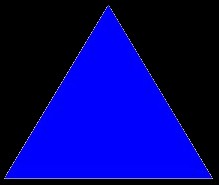

WOMEN MEN
Why California Requires 2 Restroom Signs
In the 1970's
Dr. Sam Genensky, founding father of the Council of Citizens with Low Vision (CCLVI),
was working for the Rand Corporation located in Santa Monica, California. Sam
was partially
blinded right after birth when the wrong eye drops were put in his eyes to guard
off infection.
During his two
decades at Rand and the development of many inventions, Sam is credited with
the introduction of the Triangle for men's and the Circle for women's restrooms.
These symbols
were easier to see and made choosing the correct restroom less embarrassing.


WOMEN
MEN
At first, just
the geometric symbols were used. Later designers and sign makers added
pictograms
to represent Men and Women and the Unisex sign came later. This was a good
attempt to make restrooms
accessible to everyone. Eventually other states followed California. Then in
1990, the ADA came
along and created Federal standards for restrooms. Not adopting the established
door symbols
already in use in California and other states, they developed a Wall sign
adjacent to the door
and using raised pictograms and braille. Other standards were created as to
size, mounting and
accessibility requirements. Restrooms were required to become accessible to
wheelchairs
and the new International Symbol of Accessibility (ISA) was required to be
posted.
California
considered no longer using the geometric symbol signs because two signs just
weren't
needed. However many groups that had started training the impaired complained
that the symbols
were recognizable and unique to California where the move towards accessibility
had started.
That's how the two sign Restroom laws were created and exist today here in California.